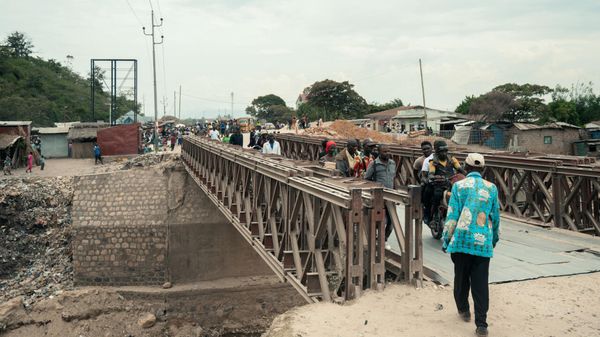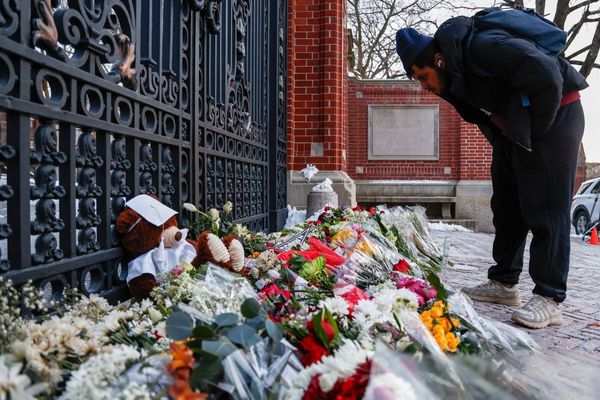
The idea of the Asia-Pacific Economic Cooperation group was firstly publicly broached during a speech in Seoul, South Korea, on 31 January 1989 by Bob Hawke, Australia’s prime minister of the time. Ten months later, 12 Asia-Pacific economies met in Canberra to establish Apec.
The grouping now has 21 members that represent more than 50% of global GDP and are home to about 2.7 billion people, or 40% of the world’s population.
China, Russia and the US are three of the largest members. The others are: Australia, Brunei Darussalam, Canada, Chile, Hong Kong, Indonesia, Japan, Malaysia, South Korea, Mexico, New Zealand, Papua New Guinea, Peru, the Philippines, Singapore, Taiwan, Thailand, and Vietnam.
The Apec region generated 70% of the world’s economic growth during its first 10 years of existence.
Leaders of the countries meet annually for a summit that lasts several days. Since its establishment, Apec has primarily served as a platform to promote free trade and multilateralism by encouraging cooperation and reducing trade and investment barriers. However, decisions made at Apec meetings are non-binding, and finding consensus has been increasingly difficult, particularly amid a rise of nationalism and protectionism driven in part by tariffs imposed by the US president, Donald Trump, that have roiled global markets.
In recent years, Apec’s agenda has included topics like adapting to digital change, harnessing artificial intelligence, sustainable energy, food supplies, responding to demographic shifts, and increasing opportunities for women and people with disabilities.







